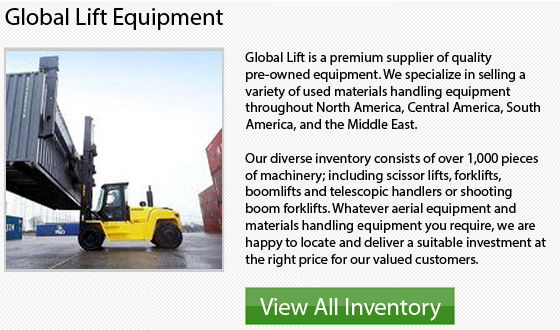
The telescopic forklift would normally have a prolonged lift which utilizes an arm or crane to come over top of a truck. This style of forklift will allow you to lift loads higher and with greater control. This additional control is because of the fact that you are moving the load on the crane's end, which is known as a telescopic boom.
The cargo when positioned on the forklift could move both away from and towards the forklift cab, which is a unique feature that a regular lift truck could not accomplish. The telescopic forklifts can offer both versatility and height. The telescopic forklift is super popular within the construction and agricultural industries. Furthermore, they are a great choice in situations where you must work with something that requires more control that a standard forklift.
Frame Tilt
The frame tilt is a unique feature that is common to telehandlers. The operator is able to activate controls to alter the lateral or side to side angle of the frame. This frame can be moved 10 to 15 degrees in either direction from horizontal. There is a tube filled with liquid which is curved and mounted within the cab. This is the frame tilt indicator or level indicator and works similar to a carpenter's level. It has a bubble indicator that indicates the lateral angle of the frame relative to the ground. This is an extremely handy apparatus that is utilized to ensure the frame is level prior to elevating the boom in rough environments.
Steering
There are several units of telehandlers that offer rear wheel steering, like a vertical mast type unit. The majority of unit's offer 3 steering options that the operator could choose; circle, front and crab steering. Like for example, if the operator selects the "front" steering option, only the equipment's front wheels will react to the movement of the steering wheel.